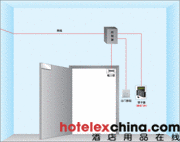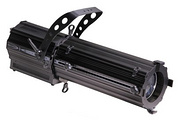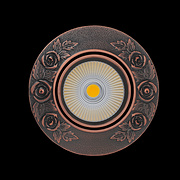
With its eyes bulging on an increasingly digitized world that it believes will embed LEDs for sensing and illuminating in everything from automobiles to fitness watches to — oh, yes — general lighting, Osram formally opened its brand new €370 million ($440 million) LED chip manufacturing plant here last week, the first phase of a general €1 billion factory expansion.
Interested in articles & announcements on LED manufacturing?
Corporate CEO Olaf Berlien, flanked by Osram Opto Semiconductors (OS) CEO Aldo Kamper and Malaysia's Minister of International Trade and Industries Mustapa Mohamed, dispensed with the clichéd ribbon cutting and instead unlocked the factory doors by staring at a tablet computer equipped with iris scanners based on Osram infrared LED technology — a gesture that encapsulated the global “digitization” that is driving Osram's revenue model.
“Our factory in Kulim is a symbol of the transformation of Osram into a high-tech company,” declared Berlien, echoing a theme that he has repeated many times since taking the helm in January 2015 — that the company is embracing LED and information technology not only for illumination, but for ever-widening uses and is thus now a high-tech company even more than a lighting company.
Berlien and Kamper emphasized the many applications for LED chips as both sensors and light sources in a world increasingly obsessed by connecting things electronically. This Internet of Things (IoT) scenario includes a wide swath of LED chips as sensors: in fitness watches to detect heart rates and blood sugar; in vehicles to help steer autonomously, spot obstacles, and detect tired drivers by noting their facial expressions; in virtual reality glasses; in drones; in phones and tablets as iris scanners; and much more.










Service Hotline
Work Time:Mon-Fri 9:00-18:00
UTC+8

Sinoexpo Digital Platform
Copyright 2006-2024 Shanghai Sinoexpo Informa Markets International Exhibition Co., Ltd. All rights reserved
沪ICP备05034851号-77
 沪公网安备 31010402000543号
沪公网安备 31010402000543号